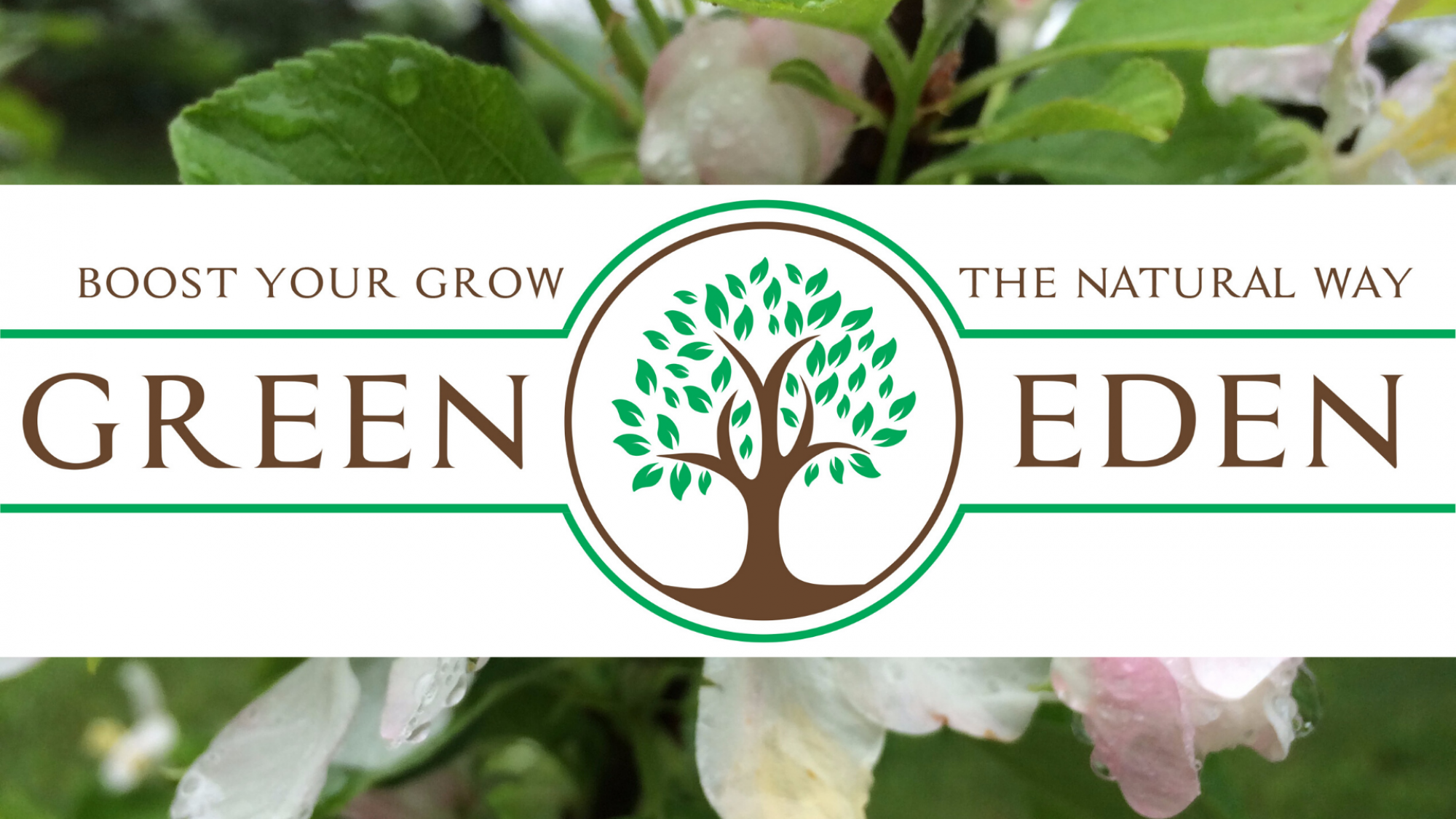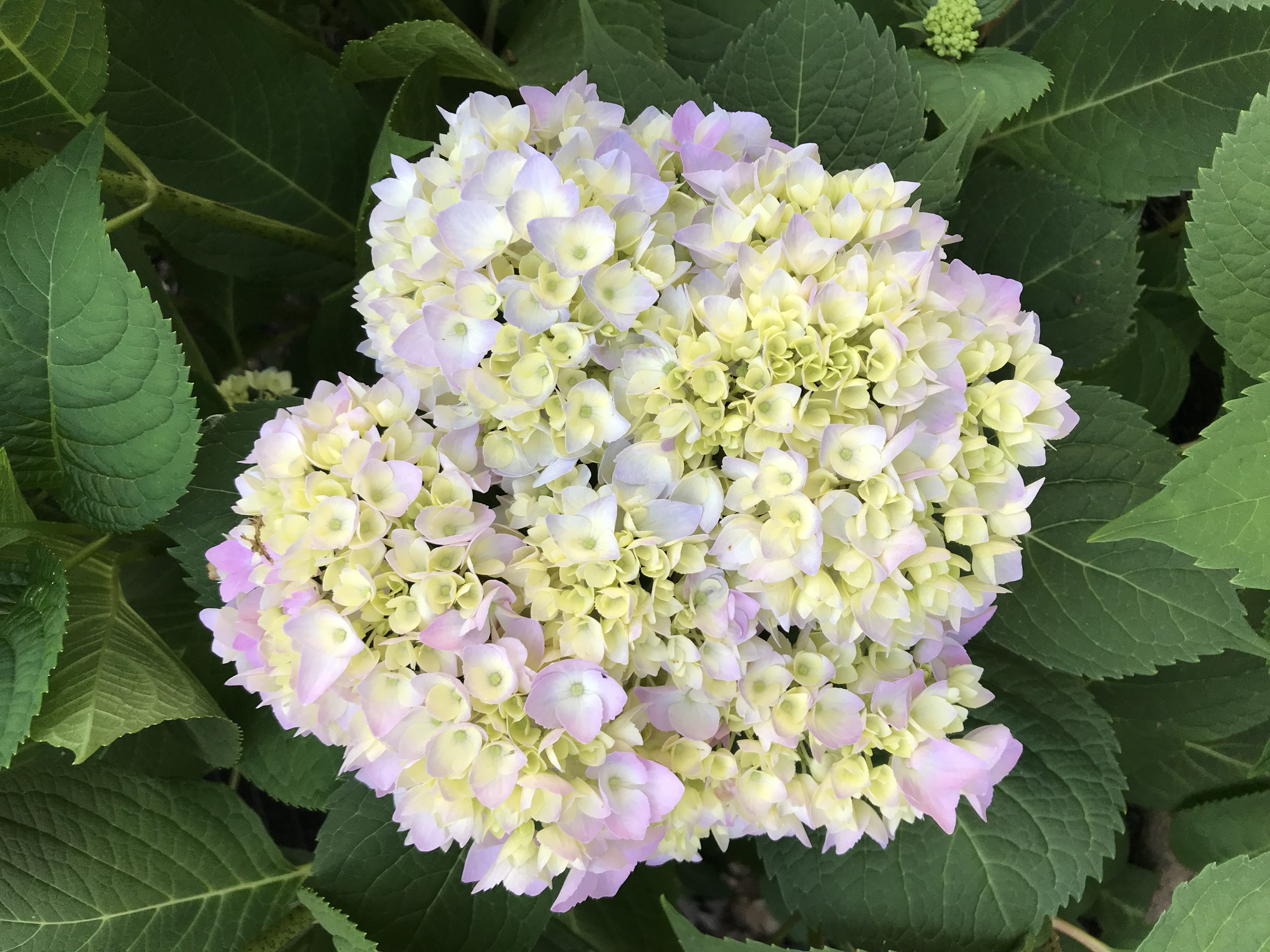How to Use Mycorrhizae and Plant Biostimulants
Granular or Soluble?
When using Mycorrhizal Fungi or other Plant Biostimulants, such as our GreenEden biologic amendments, proper application to the plant, soil, turf, etc. will guarantee maximized results.
When you apply Mycorrhizal Fungi, the aim is to make direct root contact.
This holds true for granular or water soluble products; As the Mycorrhizae will form a natural symbiosis with the root mass. This greatly expands your plants reach, and allows increased access to the water and nutrients it needs to thrive.
There are advantages to using a granular or soluble inoculant depending on your situation and conditions. It is best to keep it simple, and not overthink it. Unlike common fertilizers and synthetic chemicals, Mycorrhizal Fungi cannot damage your plants due to using too much or too often; Follow the product instructions for the best results.
Read on to learn how you can find the best option to boost your grow with Mycorrhizae and Plant Biostimulants
How to Apply Granular Mycorrhizae
Seeds
Seed banding is a technique where you apply Mycorrhizae into the planting hole or furrow prior to direct seeding. Always keeping in mind proper planting depth, watering in, and seed germination care. It is typically best to follow the directions on your seed packet. Another way to inoculate seeds is to mix the Mycorrhizae within the seed packet itself. This is also effective, however, the coverage may not be as complete.
Transplants/New Plantings
For new plantings, incorporating a granular product, such as EndoBoost Pro, can be accomplished in a number of ways. The Mycorrhizae can be incorporated into your backfill or directly applied to the roots of the planting. Direct root contact is essential for the best results, as it holds the best odds for colonization and success. Simply sprinkle a small amount of Mycorrhizae onto the root ball prior to planting. When using EndoBoost Pro, you will only need about 1/2 teaspoon for a one gallon transplant.

Soil Amendment
Incorporating Mycorrhizae into a soil blend or potting mix will also be effective, as you are bringing natural, beneficial fungi into your soil. Most store bought, bagged soils are typically lacking these beneficials. Mycorrhizae needs a root mass to colonize and survive; And over time some of the dormant beneficials will begin to lose viability. So it is important to be aware of product shelf life. This generally begins after one year or more.
How often you apply Mycorrhizae is important in order to get the best plant establishment, and lessen transplant shock.
Additional treatments of Mycorrhizae can be made every 10-14 days through final transplant; And approximately 7 days prior to re-potting or transplanting. This gives the Mycorrhizal Fungi time to colonize your plants root mass and ensure a successful grow.
Established Plants
Granular Mycorrhizae and Biostimulants are also beneficial to apply to established plants. Cultivate and blend into soil and make sure to water in well. Amend to the drip line cover well and/or mulch. Mycorrhizae cannot survive when exposed to sunlight.
How to Apply Soluble Mycorrhizae
Seeds
Biopriming, or seed soaking is a technique where a solution of Mycorrhizal Fungi/Biostimulants are made for seeds to soak in. The idea is that the Biostimulants adhere to the seeds and are established at planting. Using a product like EndoBoost Hydro will inoculate your seeds with a diverse variety of beneficials. Recommended soaking times vary, but typically 8-12 hours shows the best results.
Transplants/New Plantings
Mix a solution of Mycorrhizae with non-chlorinated water and add as a soil or root drench. Taking care to water in well. The key, once again, is to make direct root contact. Follow application instructions for the proper concentration. Similar to granular products, Mycorrhizae may be added every 10-14 days through plant establishment. And ideally at least 7 days prior to transplanting.
Hydroponic
Mycorrhizae can be added directly to hydroponic systems. Care needs to be taken on what filtration systems/mesh sizes are used in specific setups. Many of these solutions, due to their ingredients, do not fully solubilize and need to be decanted, or mixed to an agitated (suspended) state. For example, GreenEden’s EndoBoost Hydro can be added to systems that use a 250 micron filter or larger. This allows the many powerful Biostimulants to be fully incorporated for the results you require.
Established Plantings
There are many ways that Mycorrhizae and Plant Biostimulants can be effective when added to established, newly planted, or distressed trees or plantings.
Soil Drench
A soil/root drench is effective on porous soils, when watered in well to ensure complete root contact. This is especially effective for greenhouse or potted plants.
Injection
On compacted soils, or to ensure penetration to the roots mass, a soil injection can be used. This can be as simple as using a stake to get down to the root zone, usually 6-8 inches deep is all you need. Use a grid pattern out to the drip line for an even distribution. Then pour the solution into the hole(s). There are also commercial grade root injectors available; These are used primarily by professional arborists or landscapers.

Foliar
It is important to note that Mycorrhizae are not effective as a foliar spray. Mycorrhizal Fungi colonizes plant roots. On the other hand, Biostimulants such as Humic Acid, Sea Kelp, L-Amino Acids, and others have massive benefits when used as a foliar spray.
What To Know When Using Mycorrhizal Fungi
- Direct root contact
- Keep out of direct sunlight; In a cool, dark place
- Use non-chlorinated water
- Follow product instructions for awesome results
Mycorrhizae and Beneficial Bacteria Work Together for Your Plants Success
GreenEden Biostimulants take advantage of the natural relationship that occurs in healthy and productive soil ecosystems. Beneficial Bacteria and Mycorrhizae form an essential component of living soils. They work in combination to build soils and give plants the conditions they need to give you professional results; without synthetic chemicals or pesticides.
Simplify the Science
The takeaway when you are using Mycorrhizal Fungi in your grow is this: Keep it simple, get to the roots, let nature do the work, and…
Boost your grow the natural way
p.s. If you found value in this post, please like, share, and follow the knowledge from GreenEden. The Natural Way to Plant and Soil Care.








